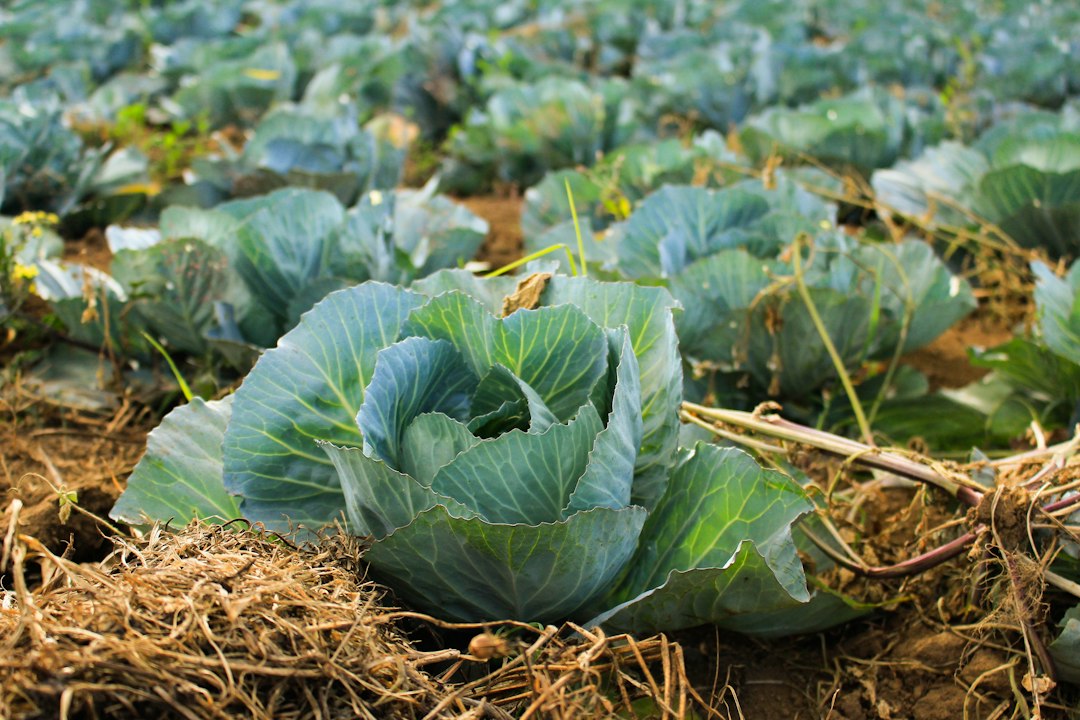Smoothies are a fantastic way to kickstart your day with a burst of energy and nutrition. Packed with vitamins, minerals, and antioxidants, smoothies are an easy and delicious way to fuel your body and keep you feeling satisfied until your next meal. Whether you are looking to jumpstart your morning or are in need of a mid-day pick-me-up, here are some delicious smoothie recipes to try:
1. Green Goddess Smoothie
This green smoothie is a perfect way to start your day on a healthy note. Packed with leafy greens, fruits, and superfoods, this smoothie is not only delicious but also incredibly nutritious. To make this smoothie, blend together 1 cup of spinach, 1/2 a cucumber, 1/2 an avocado, 1/2 a banana, 1 tablespoon of chia seeds, and 1 cup of coconut water. Blend until smooth and enjoy!
2. Berry Blast Smoothie
Berries are a powerhouse of antioxidants and vitamins, making them a perfect addition to any smoothie. This berry blast smoothie is a delicious and refreshing way to start your day. Blend together 1 cup of mixed berries (such as strawberries, blueberries, and raspberries), 1/2 a banana, 1/2 cup of Greek yogurt, 1 tablespoon of honey, and a splash of almond milk. Blend until smooth and enjoy the burst of berry flavor!
3. Tropical Paradise Smoothie
Transport yourself to a tropical paradise with this delicious smoothie that is sure to brighten your morning. Blend together 1 cup of pineapple, 1/2 a banana, 1/2 an orange, a handful of mango chunks, a splash of coconut milk, and a handful of ice. Blend until smooth and enjoy the tropical flavors that will transport you to a sunny beach in no time.
4. Chocolate Banana Smoothie
Who says you can’t have chocolate for breakfast? This chocolate banana smoothie is a healthy and delicious way to satisfy your sweet tooth in the morning. Blend together 1 tablespoon of cacao powder, 1/2 a banana, 1 tablespoon of almond butter, 1/2 cup of Greek yogurt, and a splash of almond milk. Blend until smooth and enjoy the rich and indulgent flavors of this smoothie.
5. Peanut Butter Power Smoothie
This peanut butter power smoothie is a great way to fuel your body with protein and healthy fats to keep you feeling full and energized throughout the day. Blend together 1 tablespoon of peanut butter, 1/2 a banana, 1/2 cup of spinach, 1 tablespoon of flaxseeds, and 1 cup of almond milk. Blend until smooth and enjoy the creamy and satisfying flavors of this delicious smoothie.
6. Immunity Boosting Smoothie
Give your immune system a boost with this immunity-boosting smoothie that is packed with vitamin C and antioxidants. Blend together 1/2 an orange, 1/2 a grapefruit, 1/2 a banana, a handful of strawberries, a tablespoon of honey, and a splash of orange juice. Blend until smooth and enjoy the refreshing and invigorating flavors of this smoothie.
7. Almond Joy Smoothie
If you love the classic combination of chocolate, coconut, and almonds, then this almond joy smoothie is perfect for you. Blend together 1 tablespoon of cacao powder, 1/2 a banana, 1/2 cup of coconut milk, a handful of almonds, and a splash of almond extract. Blend until smooth and enjoy the delicious and indulgent flavors of this smoothie.
8. Detox Green Smoothie
Give your body a detox with this green smoothie that is packed with detoxifying ingredients to help cleanse and reset your body. Blend together 1 cup of kale, 1/2 a cucumber, 1/2 an avocado, a handful of parsley, a squeeze of lemon juice, and a splash of coconut water. Blend until smooth and enjoy the refreshing and cleansing flavors of this smoothie.
In conclusion, smoothies are a fantastic way to start your day with a healthy and delicious burst of energy and nutrition. Whether you are in need of a quick and easy breakfast option or are looking for a nutritious and satisfying snack, these delicious smoothie recipes are sure to satisfy your taste buds and keep you feeling your best. So grab your blender, a handful of fresh ingredients, and start your day off right with a delicious smoothie that will leave you feeling nourished and energized.






